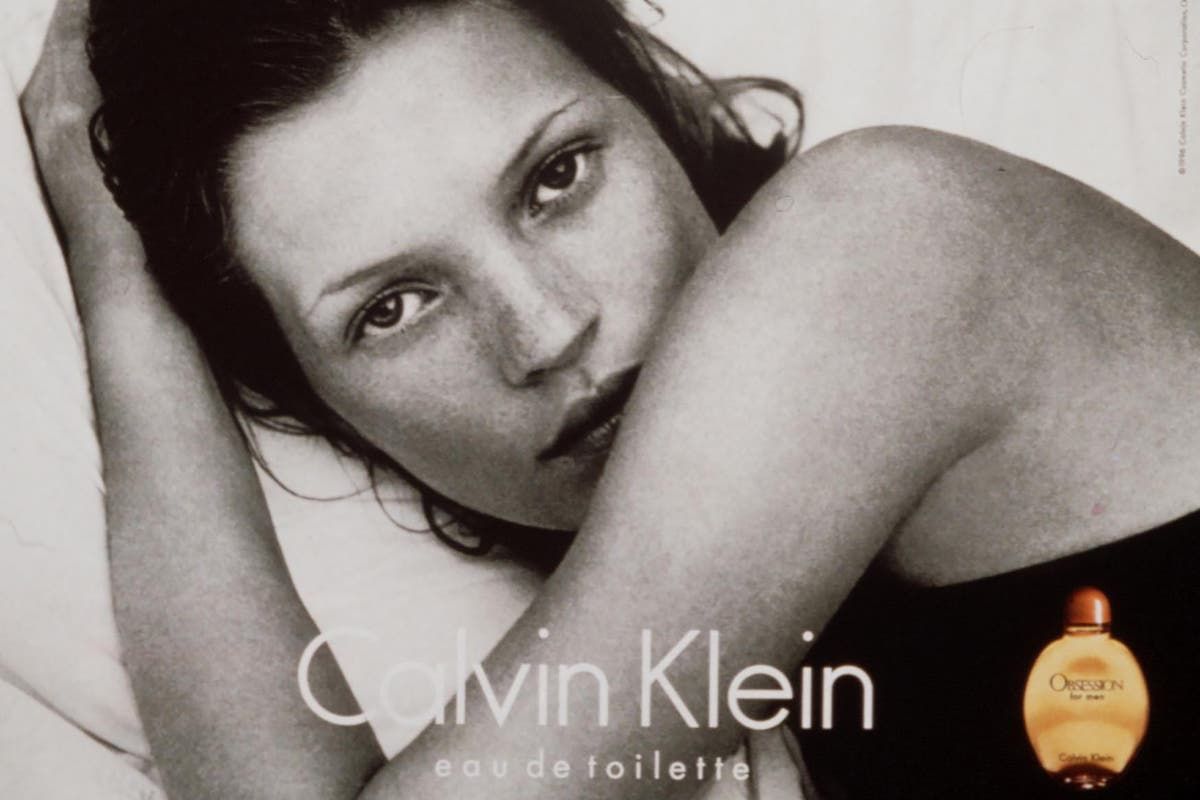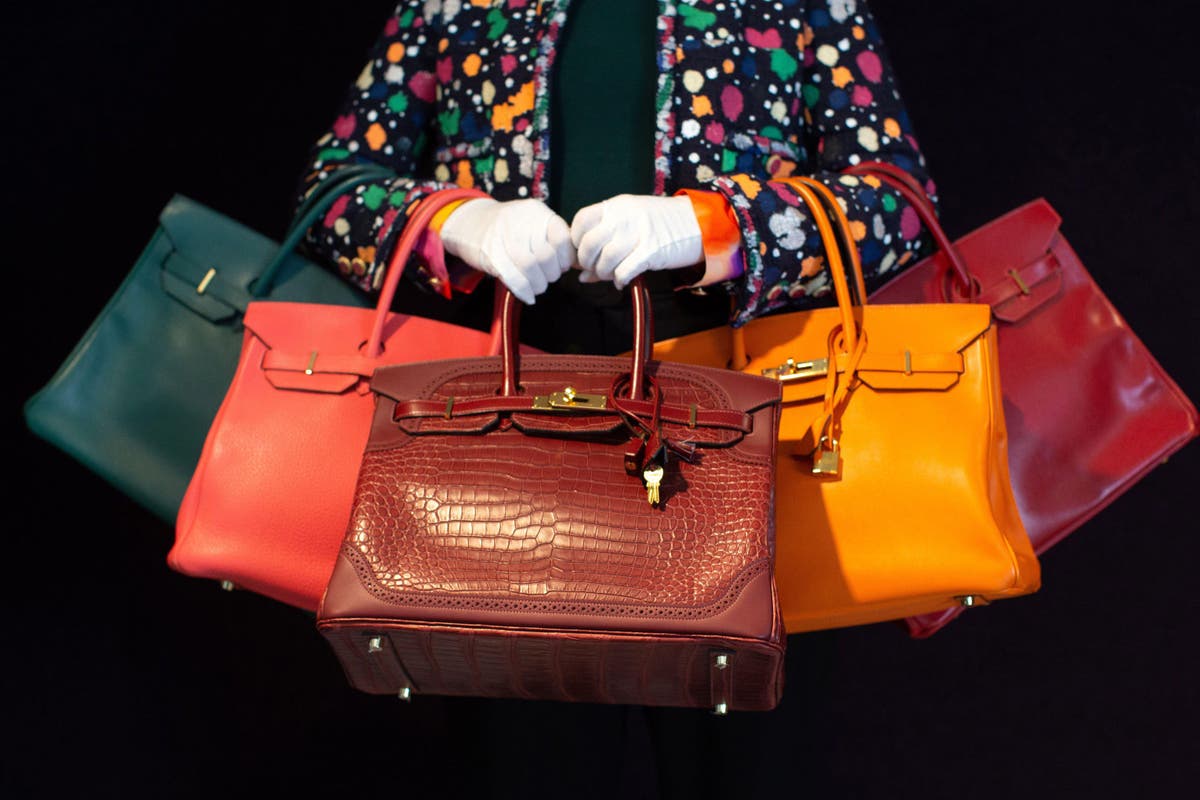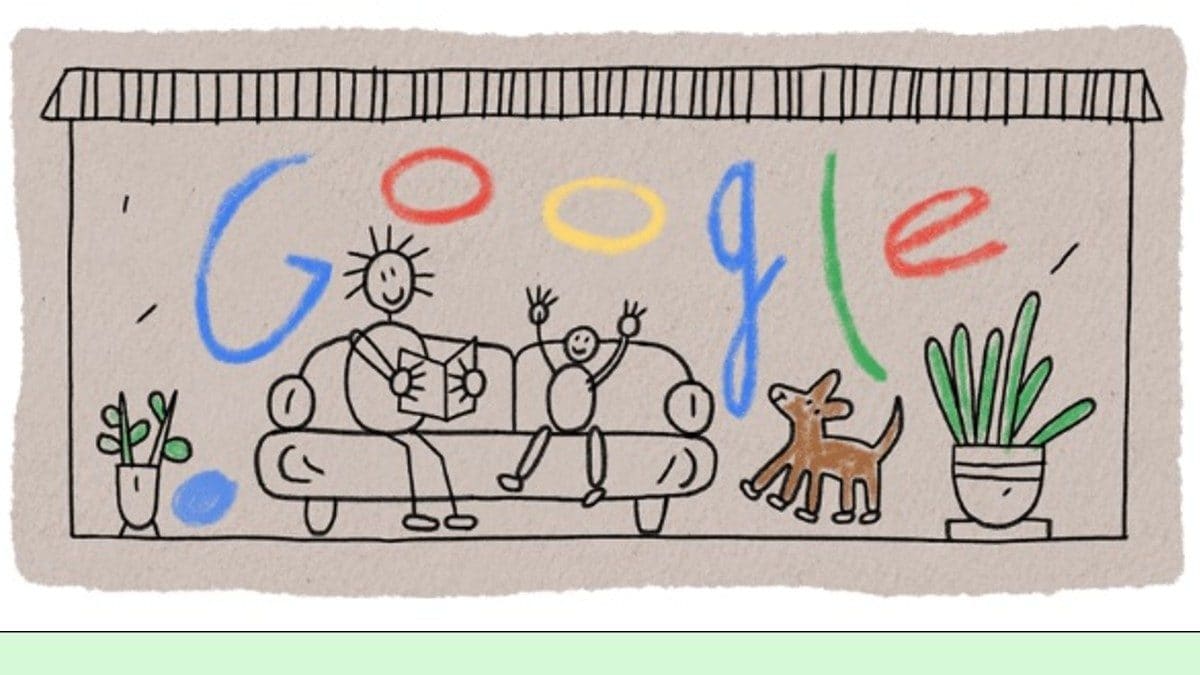W.hen Calvin Klein launched its first campaign featuring Kate Moss, who turns 50 on Tuesday, the Croydon-born model acquired icon status almost overnight. She was only 17 years old. Not only did the images end up plastered in every teenager's bedroom, they also became synonymous with the look of an era: a minimalist, democratic aesthetic that young people on both sides of the class divide could aspire to. . However, the images – photographed by Herb Ritts, and later by Mario Sorrenti and Steven Klein – were also a lightning rod for high-profile newspapers and trade magazines eager to weigh in on “heroine chic,” synonymous with emaciated models and thin . Think dark circles under your eyes, a cigarette dangling from your lips, skimpy outfits. Moss, naturally thin and mixed with the proverbial wrong crowd since she was 13, was an easy target.
Of course, it was a two-sided battle. Like many pop culture moments, his stardom emerged from a perfect storm. Despite her demonization, Moss was also the designated face of Cool Britannia, established as a cornerstone of 1990s poptimism and a response to the glamorizations of 1980s fashion. She was a supermodel, at the height of the Fashion favorites, but he also offered a rawer, more relatable attitude, prepared with less-than-perfect squeaks and a distinctively British awkwardness that dissolved only when he stepped onto the runway. As such, her engagement with Klein also marked the moment when Britishness became a global export, that indescribable “sass” brought to America and beyond.
You can see this change bubbling in the background of Moss's story. Moss, 14, was flying back from the Bahamas with her father, a travel agent, when she was discovered by the brother of casting director Sarah Doukas. From there, Moss spent a good two years working his way through “go-seees,” industry parlance for meetings with agencies and potential clients. Then, at just 16 years old in 1990, she would appear on the cover of the youth culture magazine, Facephotographed by her friend Corinne Day.
Titled The Third Summer of Love, the shoot saw Moss posing with a wrinkled face (Day had ordered him to snort like a pig) and frolicking along the British coast of Camber Sands. Honest and brave, he foreshadowed his less-is-more appeal. “Besides her inexplicable beauty, Moss in her teens still looks like a girl you might have gone to school with or seen shopping on the high street,” he says. FaceStyle and culture editor, TJ Sidhu. “Here was a normal character, who wouldn't be out of place drinking a pint in the local with a group of friends.”
Forming a complete publishing house, the Face The shoot was also Moss's introduction to the sometimes invasive nature of the industry. In fact, Moss has said on several occasions that she cried on set and that Day pushed her to go topless, a constant request from designers and photographers throughout her career. As such, the shoot is a contentious milestone for Moss, especially since it heavily influenced Klein's casting her in her suggestive series “My Calvins.” Whether she was emotionally or physically ready, Moss was on New York's fashion radar. And so, when photographer Patrick Demarchelier recommended her to Klein, it was already a done deal.
Herb Ritts' campaign came in 1992, and Moss was shot with Mark Wahlberg, then a boastful and explicitly chauvinistic rapper known as Marky Mark. The photo shoot was a great story, in black and white: Wahlberg, topless and dressed only in his Calvins and jeans, embraces Moss, also only in Calvins. The campaign was also filmed, accompanied by shots of Moss sitting on top of him, as well as a solo portrait of Wahlberg clutching the package from him. “Oh, he has freckles,” Wahlberg says in the clip, inspecting Moss' body as she poses silently.
Awkward viewing…and the height of fashion: Moss and Mark Wahlberg in their iconic 1992 Calvin Klein campaign
(Calvin Klein)
Although it's uncomfortable to watch (we now know that Moss thought Wahlberg was a bit of a jerk and had spent weeks in bed with anxiety before filming), it certainly boosted his fame. By titillating viewers, Klein had found a way to make what was the most mundane fashion seem the height of fashion. Do you want to look hot and sexy? Simple. Do like Moss. “There was a connection with the consumer,” says Joseph Kocharian, Rolling Stone and attitudes fashion and beauty director. “Everyone can go out and buy some jeans and a T-shirt. Even if it's not Calvin Klein, you can go to the high street, which is the complete opposite of Linda Evangelista, Naomi Campbell and Claudia Schiffer, with their blow-dried hair.”
It also makes sense. Klein has long been praised as one of the most business-savvy designers, knowing how to mass market without destroying the designer credentials of his brand. “His magic came from his ability to capture the freshness of the moment and then sell it to us,” says fashion writer Richard Gray. “That relationship magnified Moss and Klein literally.”
This became especially clear when Moss and Sorrenti, her then-boyfriend, teamed up for Klein's next big campaign in 1993. Tapping into the fragrance market, a source of income for many fashion houses, Klein recruited the pair for a campaign choppy and sexual sales. Campaign. Sorrenti was already obsessively photographing Moss, so the appropriately titled Obsession fragrance was very easy for him to visualize.
Appropriate title: Moss in the choppy, fetishistic campaign for CK's Obsession fragrance
(Alamy)
With wet hair, shaved cheekbones and a boyish figure, Moss poses in a half-unbuttoned camisole or topless in a fetal dream, displaying what Sorrenti called a “primitive beauty.” Again, in black and white, it is a cold and disturbing campaign, fetishizing her fragility and youth as the pinnacle of beauty. Klein addressed this bluntly in the 1998 documentary. beautopiadescribing Moss's youthful appearance as edgy and stimulating for men, an admission that further clouds this precious moment in fashion history.
However, this same fetishization of youth, while problematic, is also interpreted as a relationship. Moss had a lot in common with his fans (both for being young and for being exceptionally familiar) and the West in general was going through a youth earthquake. Moss was the down-to-earth girl we needed. With a squeaky voice, a penchant for dancing, and an exceptionally simple vocabulary, the English-speaking lower-middle-class model from Estuary was likable in a way that an otherwise haughty supermodel like Naomi Campbell was not.
Kate Moss for Calvin Klein Jeans
As such, by the time Steven Meisel's Calvin Klein Jeans campaign appeared in 1995, Moss had already become a voice for everyone's naughtier side, excusing our glottal stops and weekend habits. Meisel, normally a bastion of polish, opted for a rough-and-tumble shoot, in which Moss in a tank top posed before a pine curtain, half-leaning on a ladder. He smells like “porn studio casting couch,” and this obscene turn was especially felt in the behind-the-scenes film of the campaign. Klein can be heard instructing Moss to unbutton her jeans and pull them down her waist, as she sheepishly responds. Once again, it's a tempting DIY attitude, marred by sordid undertones.
So what to make of these long-running but equally troubling campaigns as Moss approaches 50? After all, he's come a long way from his heady past, having gotten away with every character assassination, from “Cocaine Kate” to being the scapegoat for anorexia. Yes, he's still the same toast-eating, tea-sipping girl we loved back then. She still smokes too much and remains criminally inarticulate. But her makeover as a meditative, mindful gardener in the tranquil Cotswolds deserves some respect. That being said, this is not to rule out her Calvin Klein era. It just means rephrasing it. At the same time the beginning of something special and also a time machine to another cultural climate, it is the antithesis of political correctness, tightly controlled “optics” and media training. It is also essential. And that deserves a page in history.












